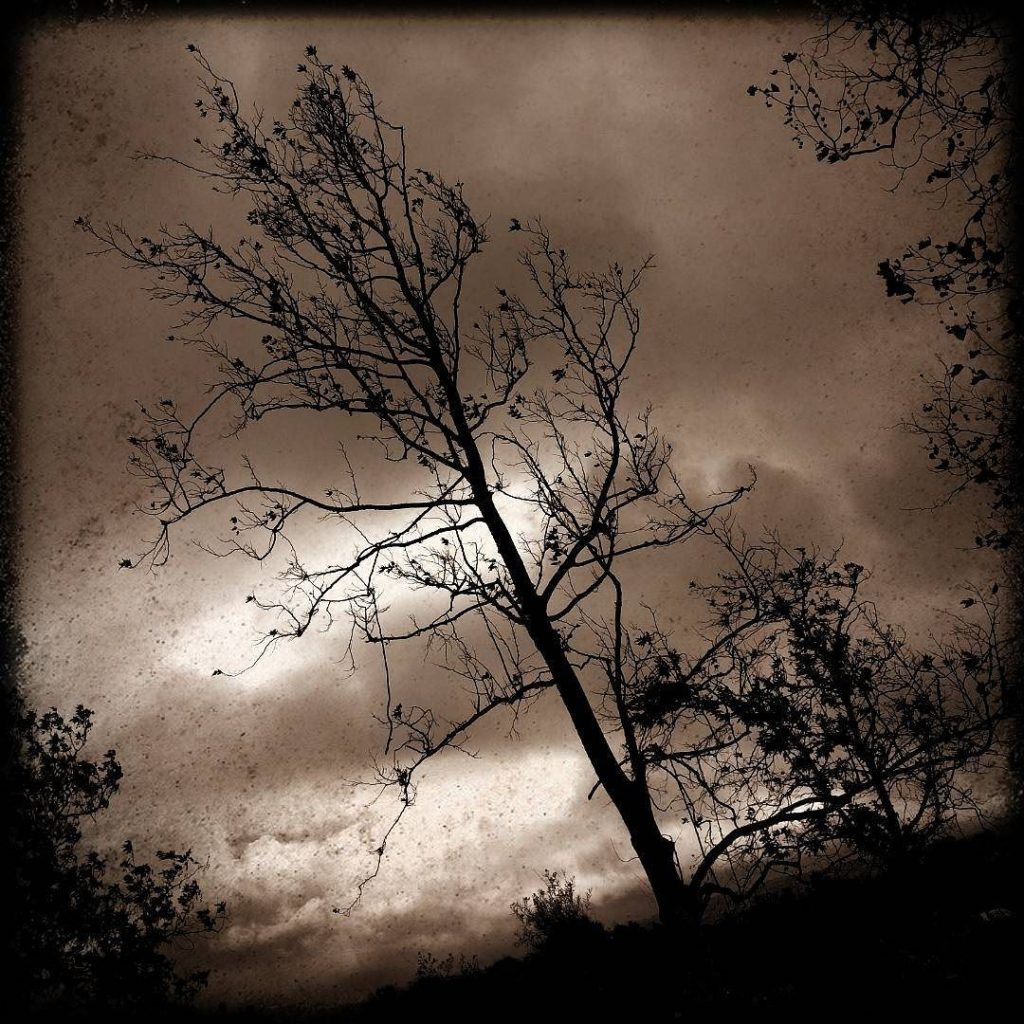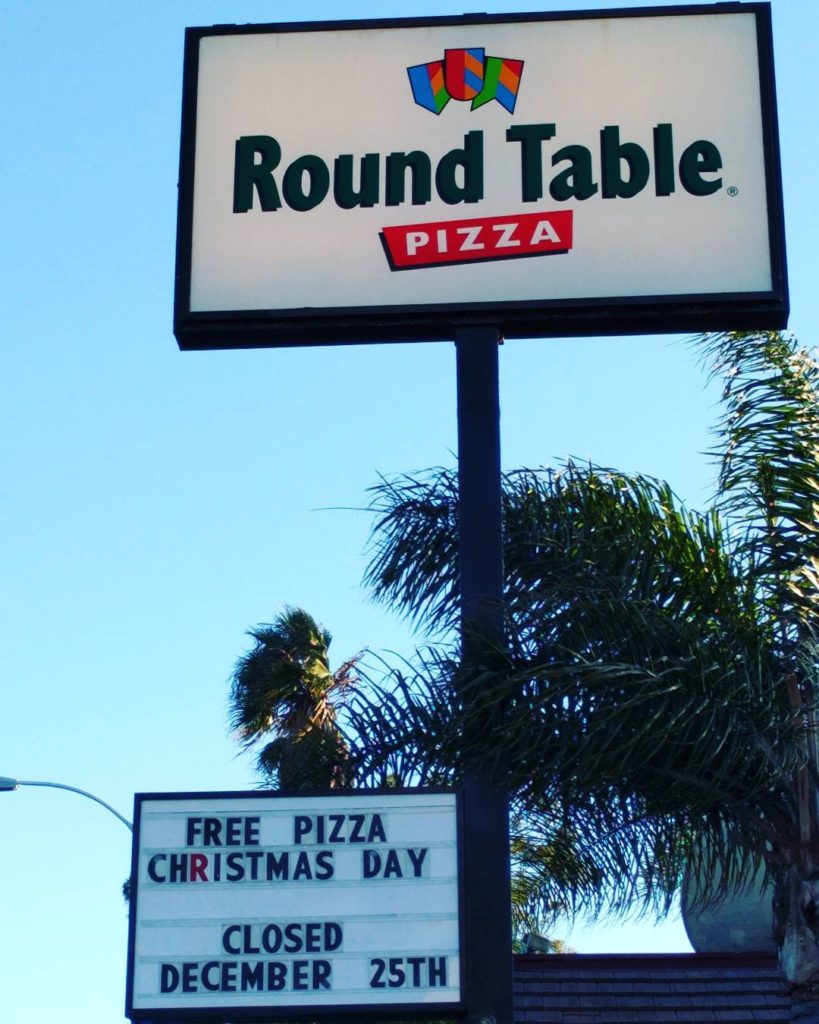
Author Archives: Kelson
OK, sure…but what order SHOULD I use them in?
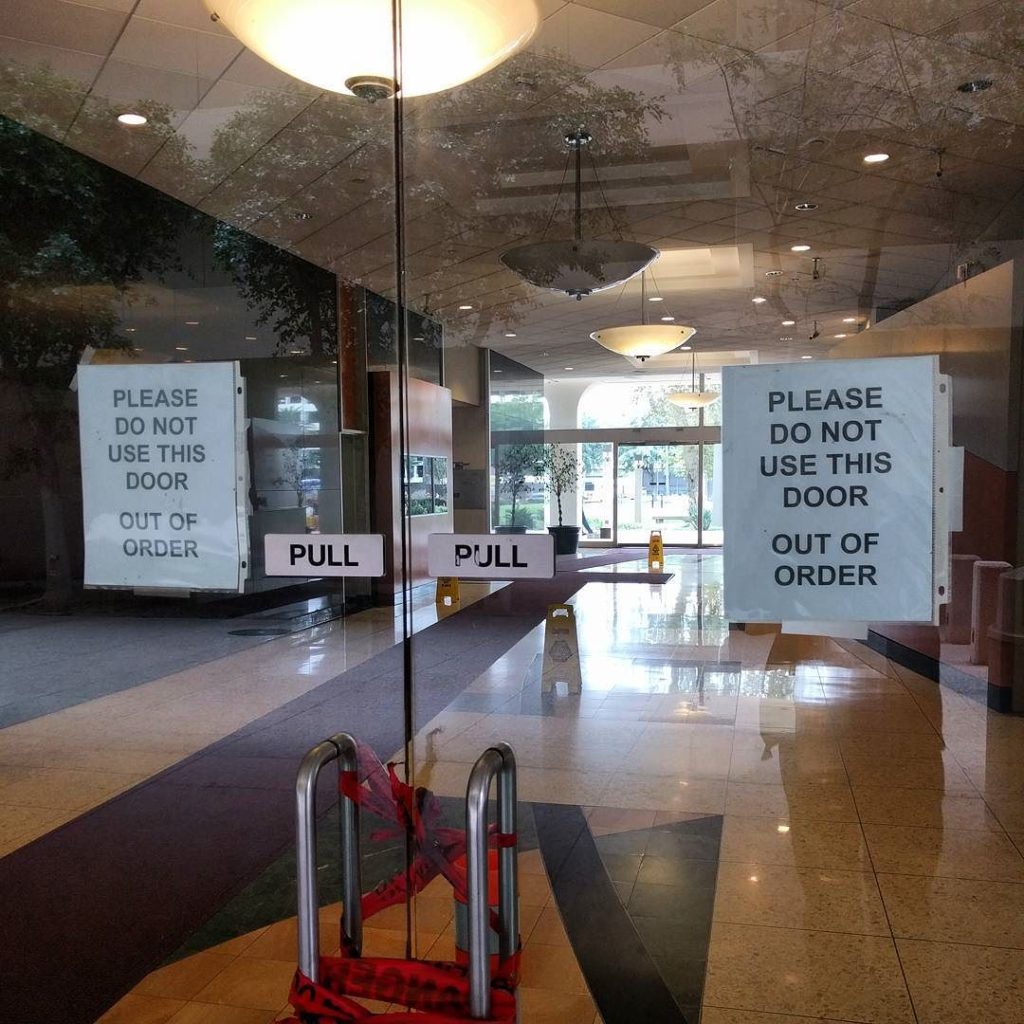
Rogue One (Star Wars) and Imperial IT (SPOILERS!)
I liked Rogue One: A Star Wars Story quite a bit. Despite having a very different tone from either the original trilogy or the prequels, it’s still recognizable as a Star Wars film, and successfully weaves in and out of the events leading up to A New Hope.
There’s a somewhat odd setup for where they actually find the Death Star plans, though. SPOILERS after the cut:
Spectrum at the top of the Sky
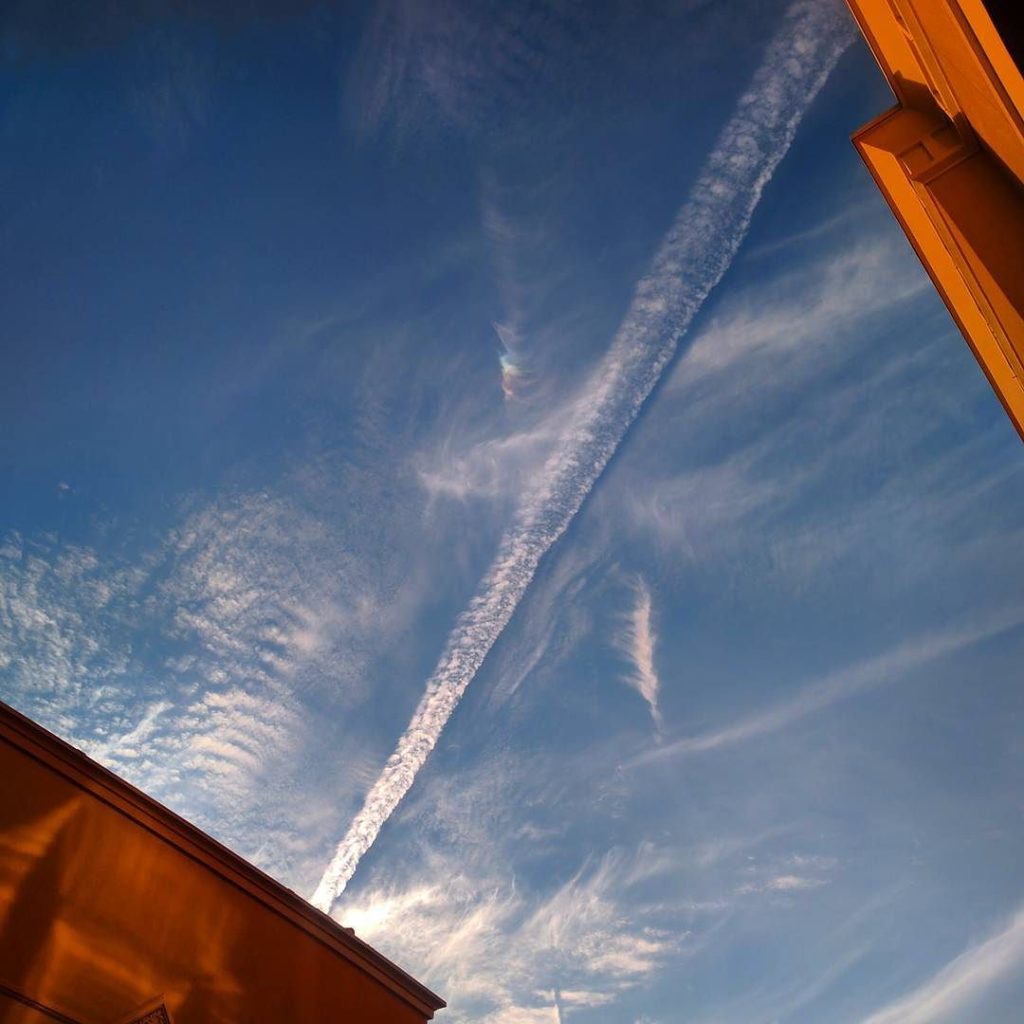
The colored wisp of cloud is too high in the sky to be a rainbow or a circumhorizon arc, and the spectrum is too ordered to be an iridescent cloud. I looked up ice halos that might produce this effect near vertical just before sunset. It turns out a circumzenithal arc is a perfect match: a rainbow arc near the zenith, brightest when the sun is very low. I’d never seen one before – it’s always cool to spot a new kind of sun halo.
Spotted November 12 at the Irvine Spectrum shopping center. It was around 90°F during the day at ground level, but of course it can be a lot colder in the upper atmosphere.
Saturation increased to show the colors more clearly.
LAX(mas) Snow
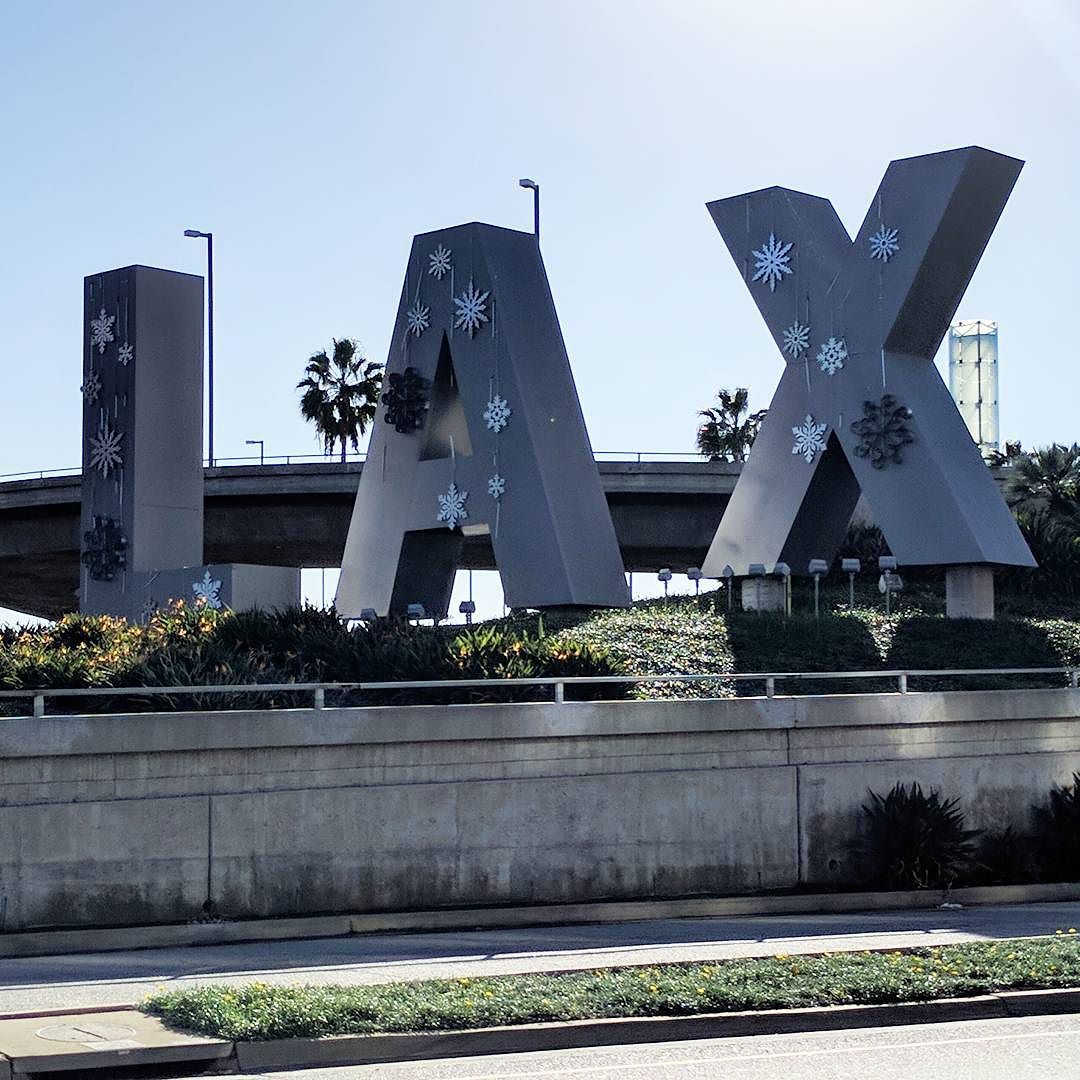
Even in sunny Los Angeles, snowflakes symbolize Christmas and winter. It snows here, what, once every 100 years? (And we’re likely to wait even longer in the future.)
Update: The day before I posted this, KCET ran an article (with a photo gallery) on the history of snow in Los Angeles. It turns out it used to snow roughly once a decade…until 1962. It hasn’t snowed on the plain since. It snows in the higher mountains just about every year, and the San Fernando Valley (higher than the coastal plain) got a snowstorm in 1989. But the LA basin? Nothing in the last 54 years. Los Angeles is about 5°F warmer than it was a century ago. Half of that can be accounted for by the urban heat island effect. The rest is atmospheric warming.
Check out the KCET article – they’ve got some amazing pictures from LA snowfalls, mostly in the 1930s and 1940s.
Science vs Magic–I Mean, Sufficiently-Advanced Technology
An odd contradiction: People are turning away from science as a way to understand the world, even though we keep using more and more advanced technology which is invented using that scientific knowledge.
What if it’s that, in terms of Clarke’s Third Law, the technology we use is sufficiently advanced that it might as well be magic?
It’s easy to understand how a toaster works. Electricity goes in and heats up the wires. Or an incandescent light bulb, or an internal combustion engine. Anything that’s primarily mechanical, you can understand intuitively: “Oh, this part moves that part, which moves that part, and then I kind of get lost, but eventually it gets to the wheels.”
But a computer chip? GPS navigation? Downloading and playing a game on a mobile phone? These things might as well be magic to most people who use it. At the consumer level, GPS is a black box that tells you where you are and how to get where you’re going. But underneath that, it’s satellites, relativity, radio transmitters, radio receivers, computer software, circuitry, mathematics, rockets, data transmission, traffic detection, mapping software…so many pieces that take some degree of studying to really understand.
If our technology is “magic,” it ceases to be a reminder that science works, and may even encourage belief in things that don’t have clear mechanisms and supporting evidence. The very success of science at making possible the technology we use everywhere could, ironically, be discouraging people from believing in it.
*I wrote this three years ago. I’m not sure why I didn’t post it at the time. All I had to do was tighten up the wording a little bit. And sadly, the situation hasn’t improved.
Spooky Tree / Halloween
For Halloween, enjoy this spooky tree at Madrona Marsh.
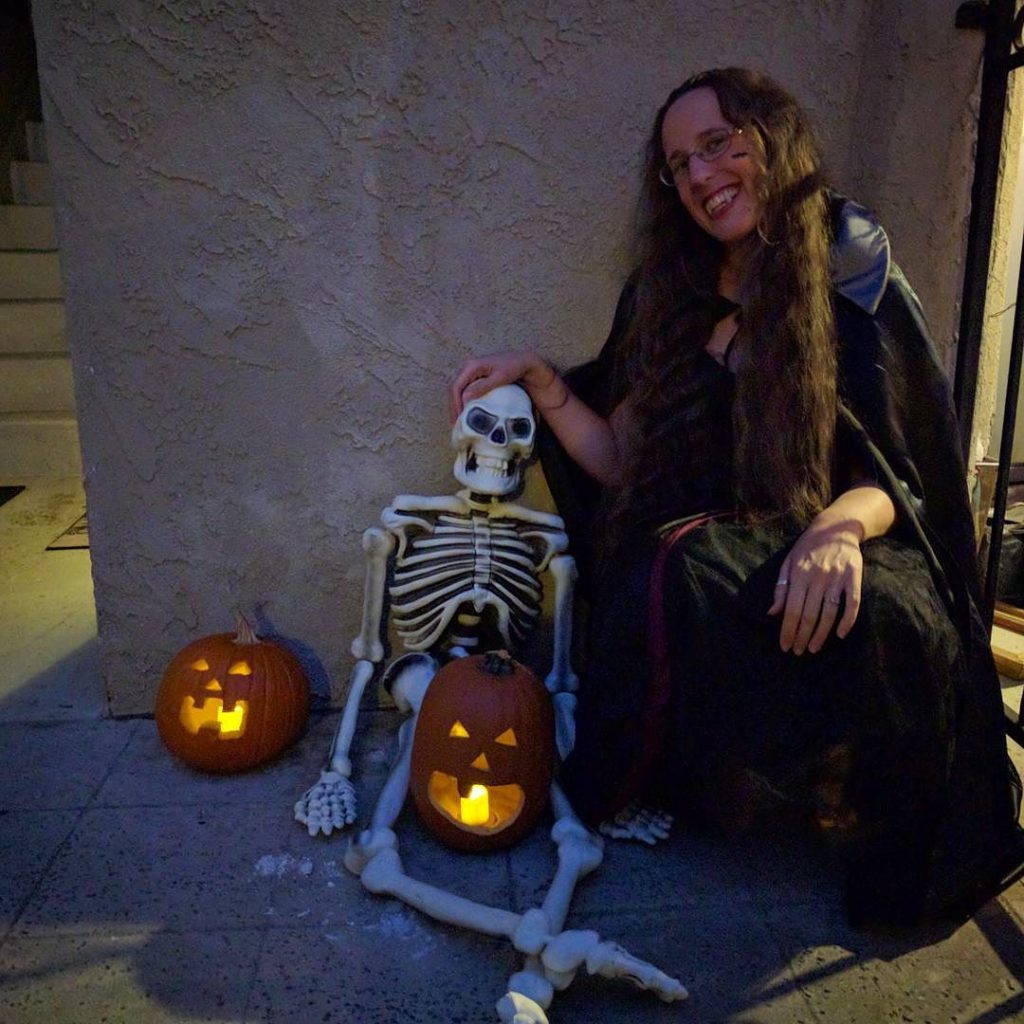
Our neighborhood saw a lot more trick-or-treaters tonight than we have in years. By 8:00 kids were walking back to the sidewalk from our door shouting to their friends, “Hey, they still have candy!” It was pure chance that I bought extra this afternoon, and I’m glad I did.
